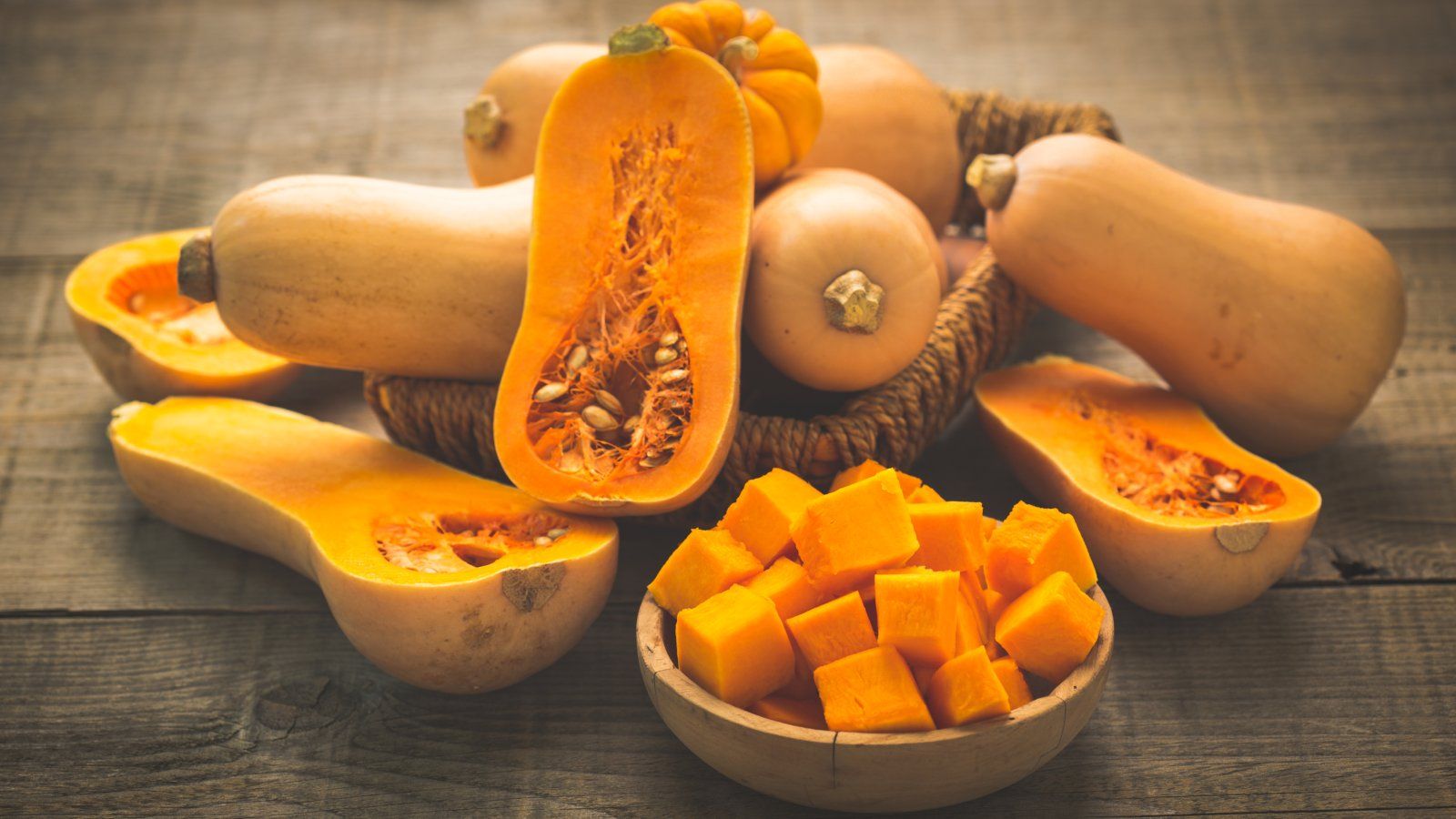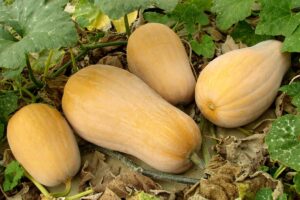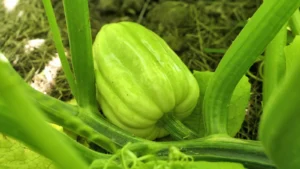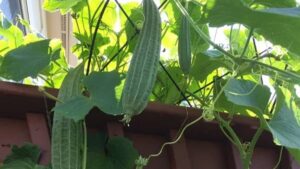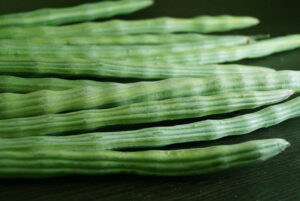How to Grow and Use Butternut Squash: A Complete Guide
Butternut squash is one of the most rewarding vegetables you can grow in your garden. With its sweet, nutty flavor and versatile culinary uses, this winter squash has become increasingly popular in the US market. Whether you have a spacious garden, a small patio for container gardening, or just a sunny windowsill, you can successfully grow this nutritious vegetable with the right approach. This guide will walk you through everything you need to know about growing butternut squash in various settings.
Understanding Butternut Squash
Before diving into growing methods, it’s helpful to understand what makes butternut squash special. Butternut squash (Cucurbita moschata) is a winter squash variety known for its bell-shaped fruits with smooth, tan outer skin and vibrant orange flesh. Each plant can produce multiple squashes weighing between 2-5 pounds each when mature.
According to the USDA Agricultural Research Service, butternut squash is rich in vitamins A and C, potassium, and fiber, making it a nutritious addition to your diet (USDA ARS).
When to Plant Butternut Squash
Timing is crucial for successful butternut squash cultivation. Since butternut squash requires a long growing season (typically 110-120 days), you’ll need to plan accordingly based on your local climate.
| USDA Growing Zone | Indoor Seed Starting | Outdoor Planting | Harvest Time |
|---|---|---|---|
| Zones 3-4 | Mid-April to May | Late May to June | Sept-Oct |
| Zones 5-6 | Early to mid-April | Mid-May | Sept-Oct |
| Zones 7-8 | Late March to April | Late April to May | Aug-Oct |
| Zones 9-10 | Not necessary | Feb-March or Aug-Sept | 3-4 months after planting |
Growing Butternut Squash from Seed
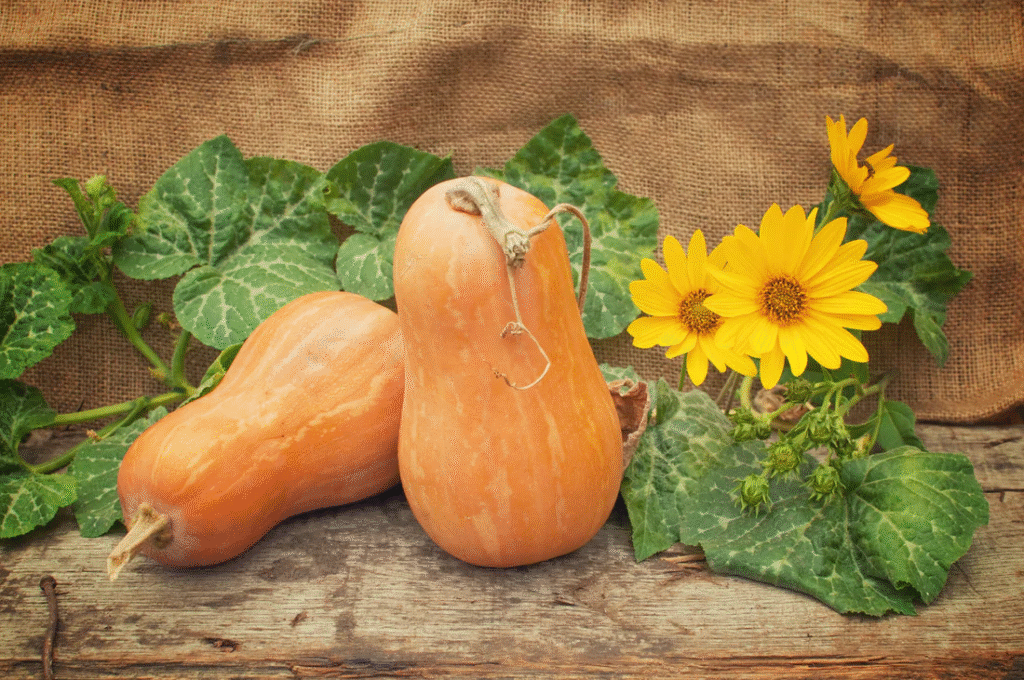
Starting Seeds Indoors
If you live in cooler climates (Zones 3-6), starting butternut squash seeds indoors gives your plants a head start:
- Begin 3-4 weeks before your last expected frost date
- Use biodegradable pots (3-4 inches) filled with seed-starting mix
- Plant seeds 1 inch deep, 2-3 seeds per pot
- Keep soil consistently moist at around 70-85°F
- Place in a sunny location or under grow lights
- Once seedlings emerge, thin to the strongest plant per pot
- Harden off seedlings by gradually exposing them to outdoor conditions for 7-10 days before transplanting
Direct Sowing Outdoors
For warmer climates or once soil temperatures reach at least 60°F:
- Wait until all danger of frost has passed
- Choose a sunny location with well-draining soil
- Create mounds 3-4 feet apart
- Plant 3-4 seeds per mound, 1 inch deep
- Water thoroughly after planting
- Once seedlings reach 2-3 inches tall, thin to the strongest 2 plants per mound
Growing Butternut Squash in Garden Beds
Butternut squash vines can spread 10-15 feet, so proper spacing is essential for garden plantings:
Site Selection and Preparation
- Choose a location that receives at least 6 hours of direct sunlight daily
- Test your soil pH (aim for 6.0-6.8)
- Amend soil with 2-3 inches of compost or well-rotted manure
- Consider using black plastic mulch to warm the soil before planting
Care and Maintenance
For healthy garden-grown butternut squash:
- Water deeply once or twice weekly, providing 1-1.5 inches of water per week
- Apply organic mulch to retain moisture and prevent weeds
- Fertilize with balanced organic fertilizer when plants begin to vine
- Consider installing trellises for vertical growing to save space
- Monitor for pests like squash bugs, cucumber beetles, and powdery mildew
The National Gardening Association recommends companion planting with nasturtiums, marigolds, or radishes to help deter common squash pests naturally (National Gardening Association).
Growing Butternut Squash in Containers
Don’t have a large garden? No problem! Container growing is possible with the right approach:
Container Selection
- Choose a large container (at least 5 gallons, preferably 10+ gallons)
- Ensure adequate drainage holes
- Consider fabric grow bags for better root aeration
Potting Medium and Planting
- Use high-quality potting mix with added compost
- Plant 2-3 seeds per container, thinning to the strongest seedling
- Place container in full sun (at least 6-8 hours daily)
Container Care Tips
Container-grown butternut squash requires more attention:
- Water more frequently than garden plants (potentially daily during hot weather)
- Fertilize every 2-3 weeks with liquid organic fertilizer
- Support vines with trellises or allow them to cascade from elevated containers
- Monitor soil moisture carefully – containers dry out faster than garden beds
Growing Butternut Squash Indoors
While challenging, growing butternut squash indoors is possible with the right setup:
Light Requirements
- Place plants near a south-facing window
- Supplement with full-spectrum grow lights (12-14 hours daily)
- Rotate plants regularly for even light exposure
Indoor Growing Tips
- Use self-watering containers if possible
- Maintain indoor temperatures between 65-75°F
- Hand-pollinate flowers since indoor plants lack natural pollinators
- Choose compact or bush varieties when possible
Hand Pollination
For indoor (and sometimes outdoor) butternut squash:
- Identify male flowers (thin stems) and female flowers (with tiny squash at base)
- When both are open in the morning, use a small paintbrush to transfer pollen from male stamens to female stigma
- Repeat with multiple male flowers for better pollination rates
Common Challenges and Solutions
Even experienced gardeners face challenges when growing butternut squash:
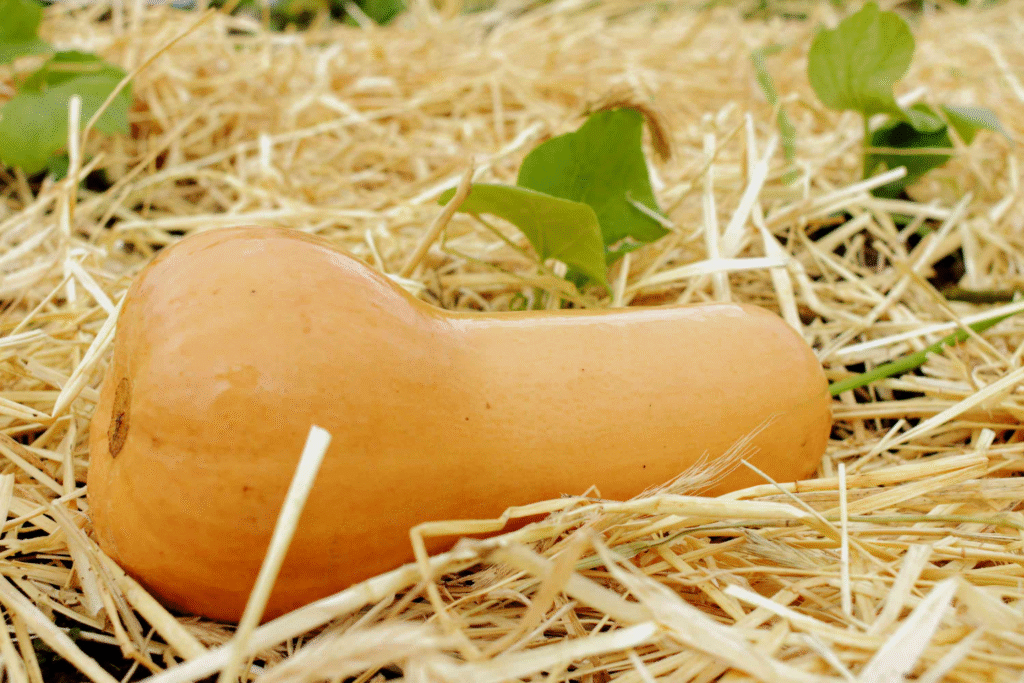
Pest Management
- Squash bugs: Remove egg clusters from leaf undersides; use row covers until flowering
- Cucumber beetles: Apply organic insecticidal soap; use yellow sticky traps
- Vine borers: Wrap stems with aluminum foil at soil level; inject Bt into damaged stems
Disease Prevention
- Powdery mildew: Provide adequate spacing; apply neem oil or potassium bicarbonate spray
- Bacterial wilt: Control cucumber beetles (vectors); remove and destroy infected plants
- Blossom end rot: Maintain consistent watering; add calcium to soil if needed
According to the University of Minnesota Extension, proper crop rotation can significantly reduce disease issues in squash plants (U of M Extension).
Harvesting and Storing Butternut Squash
Patience is key to harvesting perfect butternut squash:
When to Harvest
Look for these indicators of ripeness:
- Skin has turned completely tan (no green patches)
- Skin is hard enough that you can’t dent it with a fingernail
- Stems have begun to dry and turn brown
- Vines may start to die back
Harvesting Process
- Use sharp pruners to cut stems, leaving 2-3 inches attached
- Handle fruits carefully to avoid bruising
- Cure harvested squash in a warm (80-85°F), dry location for 10-14 days
- After curing, store in a cool (50-55°F), dry location
Storage Duration
Properly cured and stored butternut squash can last 2-6 months. The USDA Agricultural Marketing Service notes that winter squash storage life is maximized at 50-55°F with 50-70% relative humidity (USDA AMS).
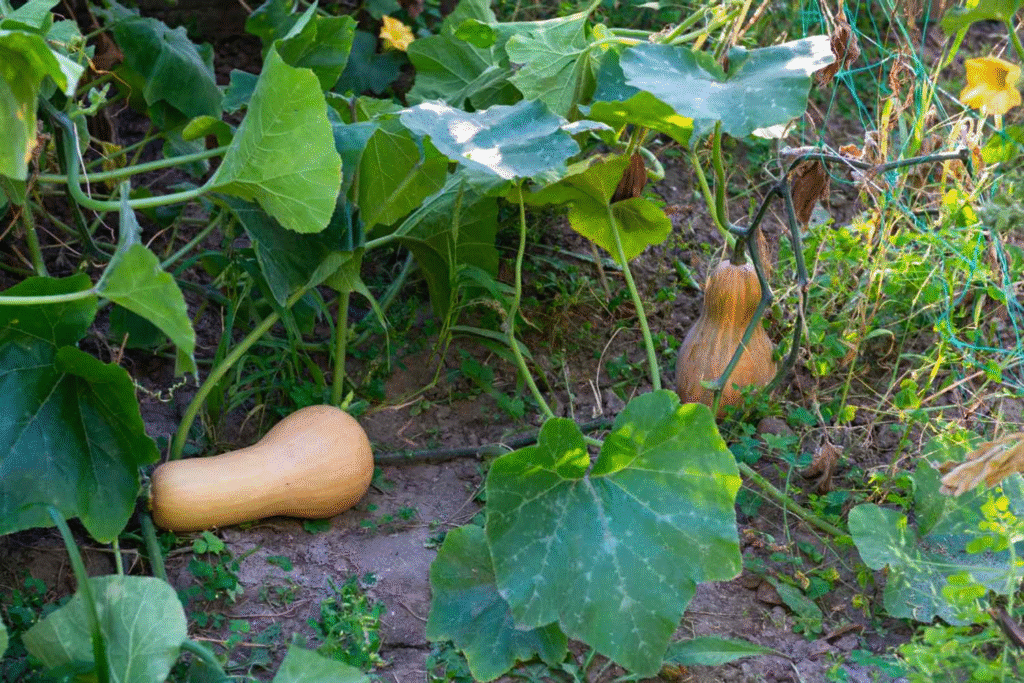
Butternut Squash in the US Market
Butternut squash has seen growing popularity in the US market over the past decade. According to data from the USDA Economic Research Service, winter squash consumption (including butternut) has increased approximately 20% since 2010.
This increase can be attributed to:
- Growing interest in plant-based diets
- Recognition of nutritional benefits
- Versatility in cooking applications
- Year-round availability due to improved storage methods
Home gardeners can capitalize on this trend by growing their own butternut squash, saving on grocery costs while enjoying superior freshness and flavor.
Conclusion
Growing butternut squash can be a rewarding experience whether you have a spacious garden, a few containers, or just a sunny indoor spot. By understanding the plant’s needs and following the techniques outlined in this guide, you can enjoy a bountiful harvest of this nutritious and delicious winter squash.
Remember that patience and observation are key to successful butternut squash cultivation. Monitor your plants regularly, address issues promptly, and don’t be discouraged if your first attempt isn’t perfect. Each growing season provides valuable experience that will improve your results year after year.
For more detailed information on butternut squash varieties and cultivation techniques, the USDA National Agricultural Library offers extensive resources for both home gardeners and commercial producers (USDA NAL).
